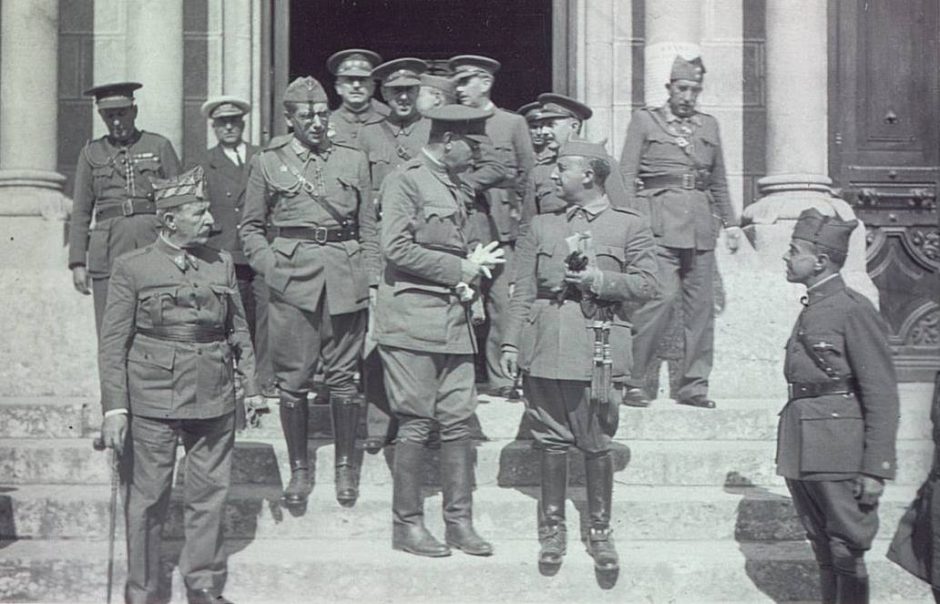Spain’s complex, convoluted and tragic relationship with Jews is the theme of Maite Ojeda-Mata’s comprehensive and nuanced work, Modern Spain and the Sephardim, published by Lexington Books.
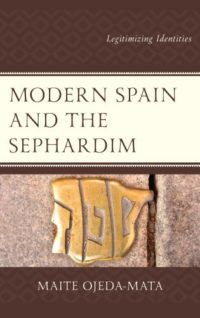
Beginning her inquiry in the 12th century, when Spain launched its campaign of persecution and expulsion against its Jewish citizens, she then focuses on the 19th and 20th centuries, when the descendants of Sephardi Jews started returning to their ancestral homeland. Her concluding chapters deal with Francisco Franco’s dictatorship, the Holocaust and Spain’s normalization of relations with Jews.
The Spanish monarchs Isabella and Fernando ordered the expulsion or conversion of Jews from Spain in 1492, but these edicts were actually the culmination of a process that started in Catalonia in 1392 with the forced departure of Jewish residents from Barcelona.
Jews who remained behind had to renounce their identity and coexist with a racist doctrine known as limpieza de sangre, or “purity of blood,” based on the notion that one’s personal status and honor depended on being born into a lineage free of Jewish or Muslim heritage. This deeply xenophobic concept was a feature of Spanish society and Spain’s overseas colonies until the 19th century.
Despite the Inquisition, Jews of Spanish descent continued visiting Spain. From the 16th to the 18th centuries, Jewish travellers visiting Spain could only do so without disclosing their real identity. In the early 19th century, two Spanish kings, Carlos IV in 1802 and Fernando VII in 1819, issued special royal ordnances forbidding such visits.
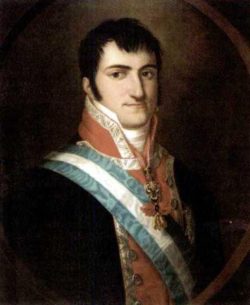
These restrictions fell by the wayside as the Inquisition and the “purity of blood” edict were abolished in 1834 and 1865 respectively. And while conservative nationalists and even some moderate liberals opposed the return of Jews to Spain, the 1877 census listed 407 Jews living in such Spanish cities as Madrid, Cadiz and Seville. By 1900, the Jewish population in Spain had risen to almost 2,000.
The continued influx of Jews into Spain was facilitated by the 1905 constitution, which enshrined the principles of freedom of religion and the separation of church and state, and by the authorization Jews received in 1909 to open synagogues throughout the country.
A small number of wealthy Jews converted to Christianity in the last third of the 19th century, Ojeda-Mata says, citing bankers like Ignacio Salomon Bauer and Eduardo Bauer Landauer. “Many of these conversions were more likely motivated by economic, social and matrimonial aims than by religious ones.”
Delving into Spain’s relations with the Sephardi Jews of North Africa, Ojeda-Mata — a fellow at the University of Southampton — points out that they played a role in Spanish trade in the southern Mediterranean basin before and after the Inquisition. Jews in Morocco, particularly in the Spanish enclaves of Melilla and Ceuta, made themselves useful to Spain’s colonial interests. By 1921, more than 3,000 Jews lived in Melilla alongside some 300 Muslims and 42,000 Spanish Catholics.
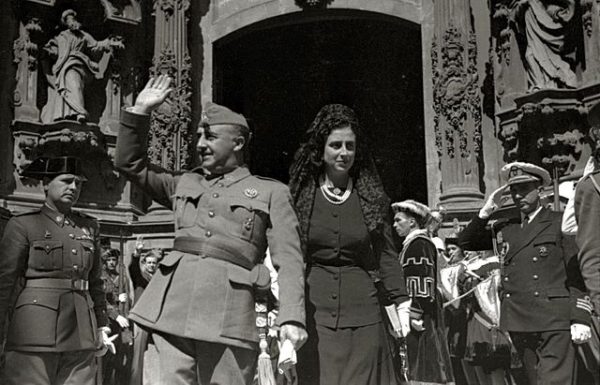
The majority of Jews left Spain following the outbreak of the civil war in 1936. In any event, Franco’s regime did not welcome Jews, hoping to reduce the Jewish presence to a minimum. Synagogues were closed, and Franco, in 1939, spoke ominously of the close connection between Judaism, Masonry and Marxism. In 1940, anti-Jewish measures were adapted prohibiting non-Catholic practices of worship and burial. Succumbing to the pressure of his reactionary regime, some Jews cut their ties with Judaism and converted to Christianity. Nazi propaganda contributed to the dissemination of antisemitism in this period.
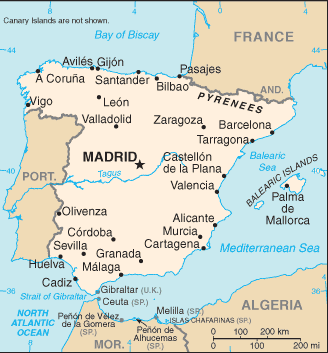
During World War II, 30,000 to 70,000 European Jews fleeing fascism and antisemitism were temporarily allowed into Spain. Still other Jewish refugees used Spain as an escape route to havens in third countries. As the author suggests, Spain’s refuge policy was inconsistent. For example, while Spain protected several thousand Ashkenazic Jews in Hungary in 1944, it abandoned the mostly Sephardic Jews of Salonika in 1943.
Certainly, some Spanish diplomats believed that Spain had no business helping Jews. Spain’s ambassador to Germany, Antonio Magaz, described Jews as “undesirable” and warned that their admission into Spain would cause “disagreeable incidents.” The Spanish ambassador to Vichy France, Jose Felix de Lequerica, claimed that Jews were the eternal enemies of Spain.
According to Ojeda-Mata, Franco’s policies toward Jews in the wake of the war gradually shifted from antisemitism to philo-Sephardism. As Western powers recognized his regime in the 1950s, Franco normalized his relations with Jews. Israel, however, did not forge diplomatic relations with Franco’s Spain.
Since 2015, Spain has granted citizenship to some 6,000 Sephardic Jews from abroad. Ojeda-Mata doubts whether this gesture will amend the “historical injustice” that Spain grievously inflicted on Jews more than 500 years ago.
